Of all the horses I have owned, none get quite as much attention as my baby horses! I often see cars pulled over in front of my fence as visitors photograph these adorable newborn arrivals.
In this article, you will learn all about baby horses, which are also called foals. You’ll learn how they grow, what they eat, and what to know before you bring one home for yourself. Plus, throughout this article, I’m sharing my photo album of adorable baby horse pictures from my farm!
Baby Horse Basics:
Baby horses are called foals but may also be called colts (males) or fillies (females).
⭐ 👂🏼 The word foal is pronounced ‘fohl‘ – HINT: when said correctly, it rhymes with “coal”.
Horse experts like me use the term foal- but if you are just a horse admirer then it’s fine to call them baby horses. Whether you choose to call newborn horses foals or baby horses, get ready for this name to change quickly: When a foal is separated from its mother (around 6 months of age) it’s no longer a foal!
- 🌰 Foals old enough to wean are called “weanlings“
- 🌱 Weanlings that have passed their one-year birthday are called “yearlings“
- 🌳 And 2-year-olds are called… well, actually we just refer to them as “2-year-olds“! At this age, a horse is mostly-mature and ready to begin training.

How Baby Horses Grow into Horses
When a baby horse is born, it typically lays in the grass (if outside) or stall bedding (if indoors) for 30 minutes to 1 hour.
Pretty soon, though, the baby horse begins to try and stand up! It can be pretty comical to watch a newborn horse try to get up on those stilts! Most foals stand within an hour and begin nursing shortly after.
🥛🐴 What Baby Horses Eat:
Baby horses drink milk produced by their mother. When birth gets close, hormones signal a mare to develop a milk-filled udder. This udder is just like a dairy cow udder! The foal will get all its nutrients from the mother’s milk. The first few days of milk, called colostrum, transfer rich nutrients and immunity to the foal.1
Foals are born without typical horse teeth, but after a few days their baby teeth – called “milk teeth” begin to come in. As a baby horse gains the ability to chew, they’ll begin nibbling on grass and hay.
Slowly, they will transition from nursing every 1-2 hours to only nursing sometimes. Many baby horses, if left alone, naturally wean themselves between 10 and 18 months of age.
🚫✋🏼🍎 Avoid feeding baby horses carrots and apples- even as a treat! Young foals have very sensitive stomachs, and may not yet be able to digest these adult horse treats. Foals can easily develop bad habits, so it’s best to avoid hand-feeding any treats to foals. Read more about what horses can and cannot eat.
What to Expect When You’re Expecting…. A Baby Horse
Here’s what to know before you get your own baby horse:
Budgeting for the Cost of a Foal
The cost of a baby horse can vary widely. Adopting an orphaned foal from a meat buyer might be free. On the other hand, purchasing a foal from a reputable breeder might cost anywhere from $500-$10,000. The median cost of buying a baby horse is about $1000-$1500.
If a foal has an exceptional pedigree or is expected to earn money through racing, horse shows, or future stud fees, foals can sell for much more. In 2022, a whopping 30 foals at Keenland’s spring auction sold for over 1 million US dollars!2 (The top price at that sale? A 2.5 million dollar foal!)
💡 Some people buy a baby horse because, at first, it seems less expensive than purchasing an adult horse. But the cost to raise and train a foal adds up! Purchasing a trained adult horse avoids hidden costs and other surprises.
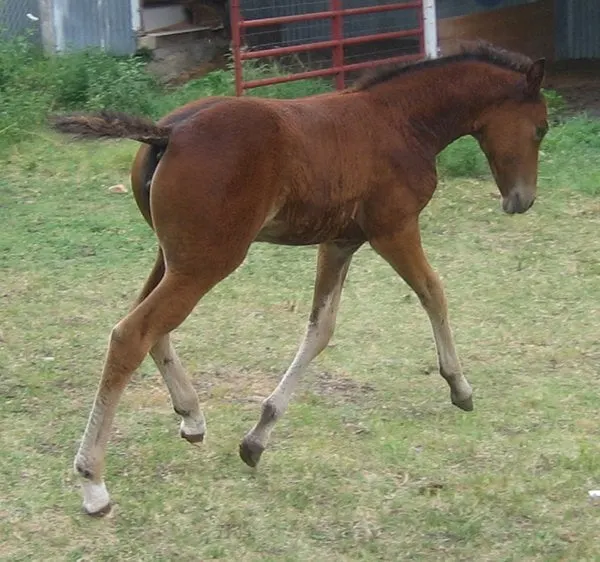
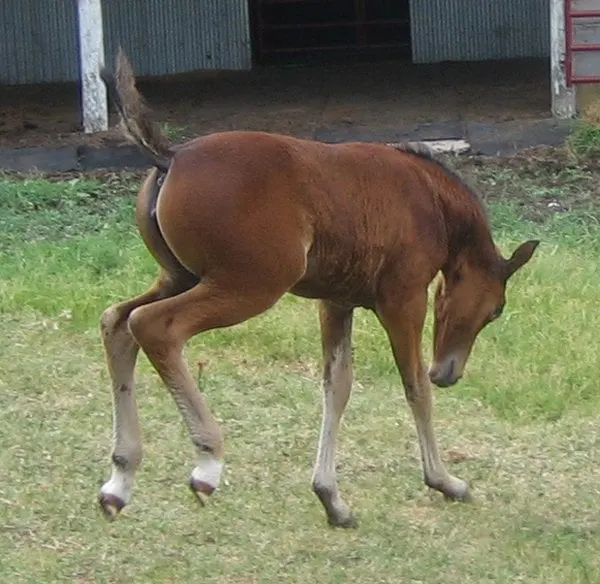

Baby Horses are Not Ponies… (Well, except when they are!)
If you thought that baby horses and ponies were the same thing, you aren’t alone! Through years of doing novice-friendly horseback riding lessons, I have met many people who confuse foals and ponies. Here’s the difference:
The difference between ponies and horses, as I explain in my article on the topic, is that ponies have a mature height under 14.2 hands (learn why horse height is measured in hands)
Foals are newborn horses or newborn ponies. Basically, if you see a baby animal in the equine family, it’s a foal.
📏🐴 Sometimes baby ponies are called pony-foals. However, this distinction isn’t necessary unless you’re buying (tiny!) horse halters or warming blankets and need to get the right size.
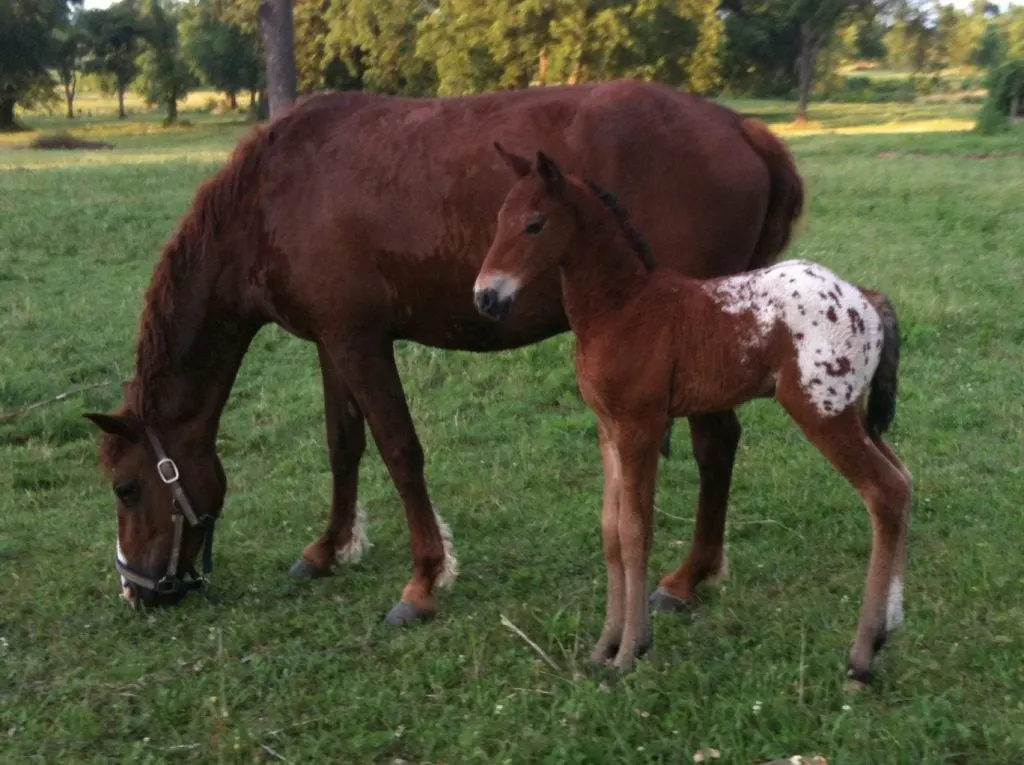
Fact: Baby Horses are Born With Soft Hooves
Labor would be very hard on mother horses if foals were born with the tough, durable hooves of a full-grown horse. Instead, baby horses’ hooves are fully formed, but soft and spongey at birth. Immediately after birth, a foal’s hooves begin to harden.
Weird Foal Behaviors: Teeth Clacking
Although I thought I was fully prepared for my first foal, I had some shocks. I was surprised to notice my first foal chomping at the air, clicking her teeth, and clacking her bite when other horses approached!
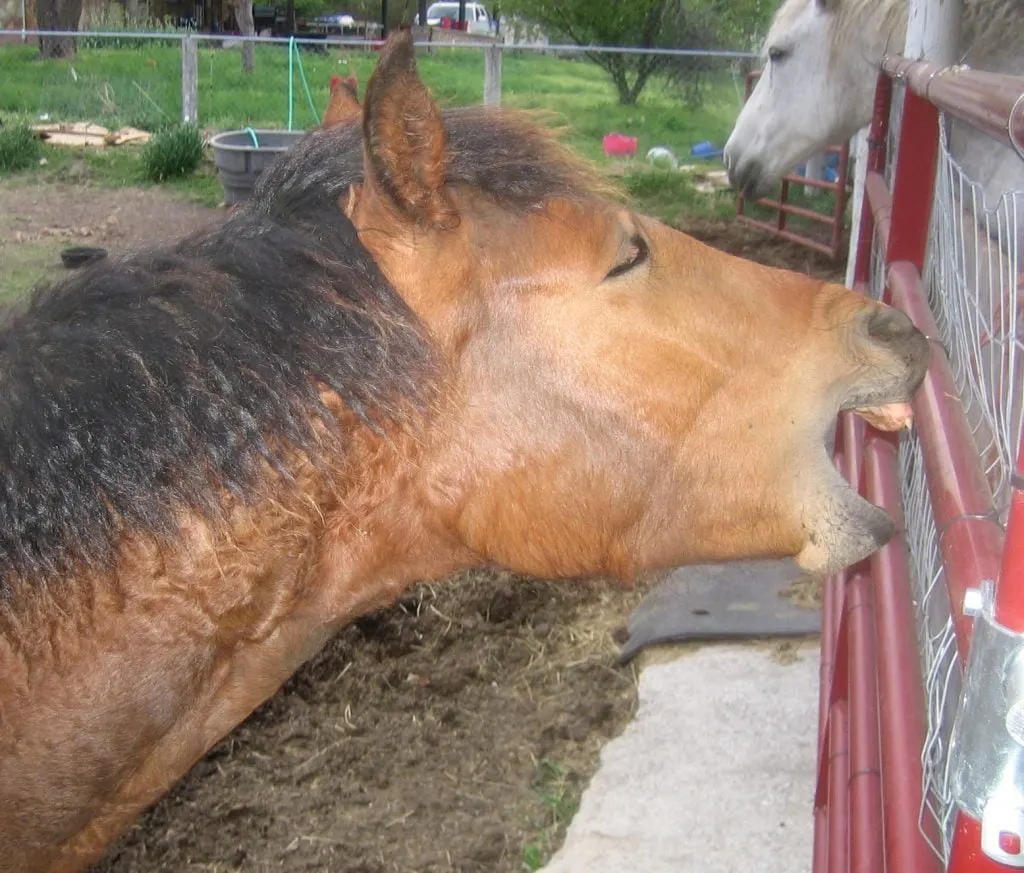
At the time, I couldn’t even find anything on the Internet about this behavior! Through consulting with experienced horse breeders, I learned that foals clack their teeth to communicate with other horses. The air-biting and teeth chomps are a way of saying to a bigger, bossier horse, “Hey! I’m just a baby horse! Don’t be mean to me!”
Teeth chomping in young horses (it can continue until the horse is 1-2 years old) is just another way that horses communicate nonverbally with each other.
👶🏽 FACT: Newborn foals will suckle almost anything! Shirt-tails, fingers, or any semi-pointed object will get gummed as the foal searches for milk. Along with their mother’s head nudging them towards her teats, this instinct helps the baby horse begin nursing.
Your Own Baby Horse: Preparation, Purchase, & Care
Raising a baby horse, aka a foal, can be a meaningful experience for both kids and adults. However, it’s not a responsibility to be taken lightly.
Before adding a baby horse to your family, it’s key to understand what’s involved. Here are some things you should know before purchasing a baby horse. I have learned these things through my decade of owning and breeding Bashkir Curly Horses and raising almost a dozen baby horses from newborns into stages of growth including sucklings, weanlings, yearlings, and two-year-olds.
Pictures of baby horses born on our farm over the years:

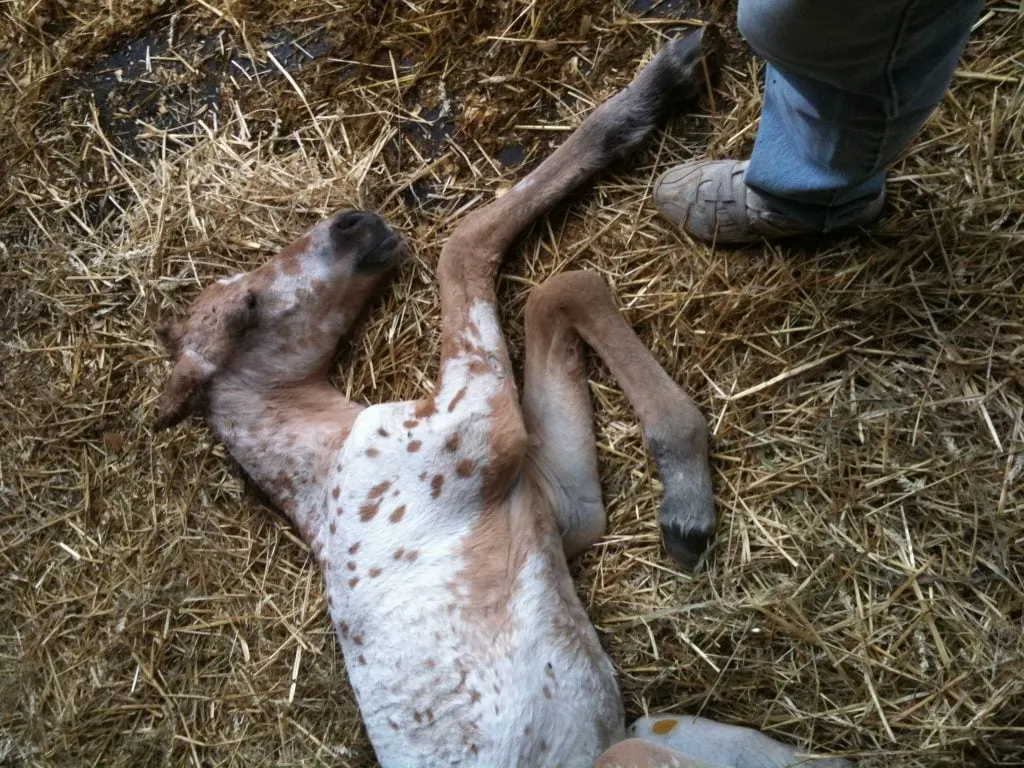
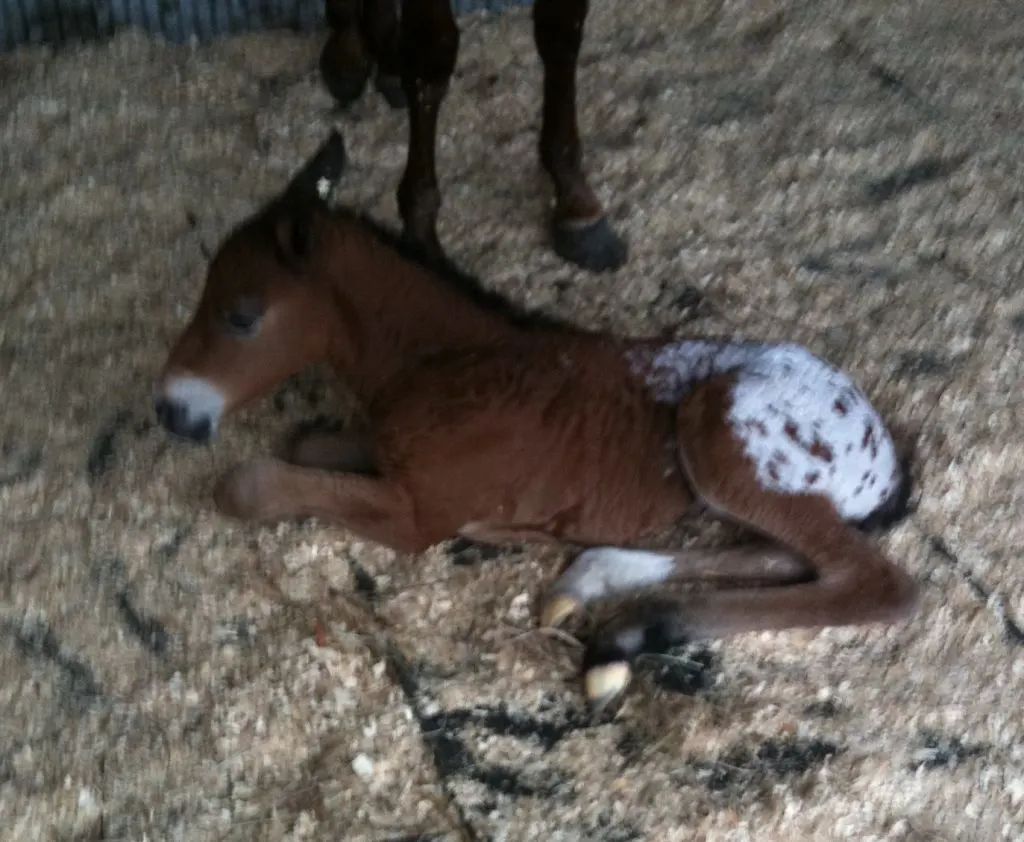
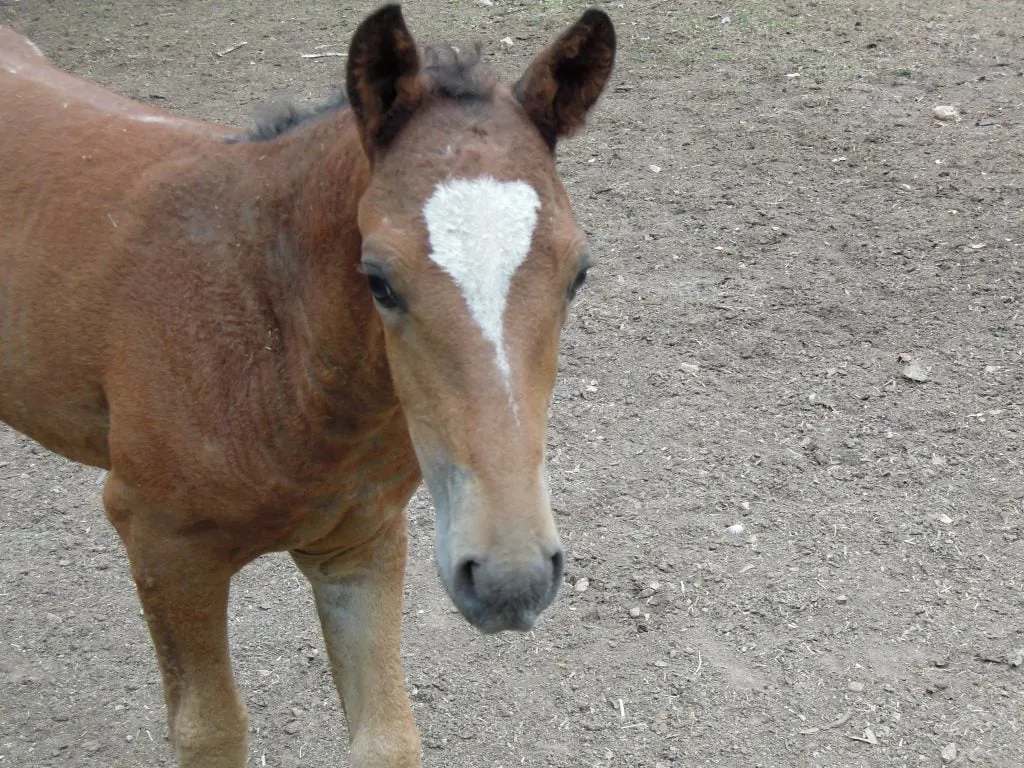
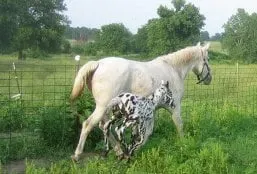

How to Buy a Baby Horse:
Since foals stay with their mother until they’re at least a few months old, buying a baby horse can be complicated. To get a baby horse you may need to:
- Purchase a pregnant mare. Getting a young baby horse often means buying an adult mare with a foal at her side.
- Purchase a weanling foal. A weanling is a baby horse old enough to separate from its mother. By this age, they’ve grown out of some of their cuteness, but still have cute baby horse charm.
- Adopt an orphan foal – It is possible to adopt a baby horse that doesn’t have a mother. Sometimes, mares reject their foal or pass away during labor. Historically, pharmaceutical, racing, and slaughter industries have produced orphan or early-weaned foals.3
🍼🐴 Foals raised without a mother often develop behavior issues. Because of this, raising an orphan baby horse is best left to professional horse handlers. These professional handlers may have access to nurse mares or orphan foal feeders.
Preparing to Own a Baby Horse
Whether you are planning on purchasing a foal or raising your own from a pregnant mare, getting a baby horse requires preparation.
Baby (Horse) Proof Your Farm.
If you’ve never had a baby horse on your farm before, you will need to “baby proof” your farm similar to the way that you would make a home safe for a human baby.
Stalls, fences, and gates will need to be checked to ensure that they can contain a much smaller than adult-sized horse.
Boarding.
If you have the resources to purchase a baby horse and board it at a horse boarding farm, you will want to interview potential boarding facilities. If they don’t have experience housing very young horses, your foal may not have access to the right kind of food or socialization – things that are very important for growing a healthy baby horse.
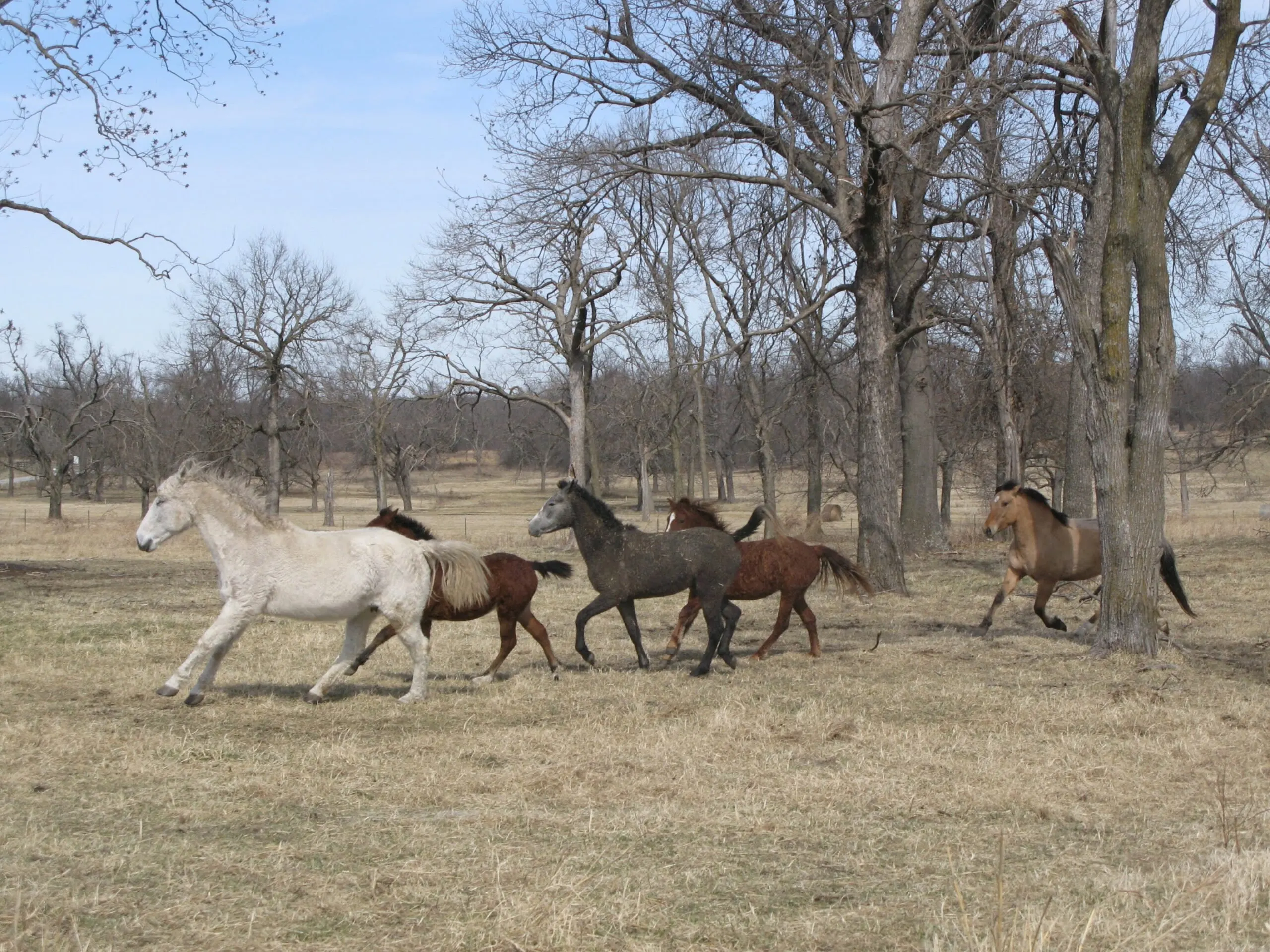
Budgeting.
The cheapest part of owning a horse is the initial purchase. That is true for foals and weanlings. As your baby horse grows up, it will need all new equipment as it outgrows its tack. Your baby horse will also need regular veterinary care, farrier visits, and eventually, professional training.
Training.
If you have not raised a young horse before, it is very important that you seek the assistance of a horse trainer (or the mentorship of an experienced horse breeder) while your foal is still young. Novice horse owners can accidentally create “cute” habits in baby horses that become very dangerous when the baby grows into a 1200lb horse! Too often, these horses become unrideable and often end up sold, resold, given away on craigslist, and eventually neglected or abused.
Regular checkups with a horse trainer can help you raise a safe, trainable horse. In fact, the early months of a horse’s life are a great time to teach a foal useful life skills, like how to load a weanling foal on a horse trailer.


Age.
While it may sound fun to raise a newborn baby horse, there are some drawbacks to having a very young foal to care for.
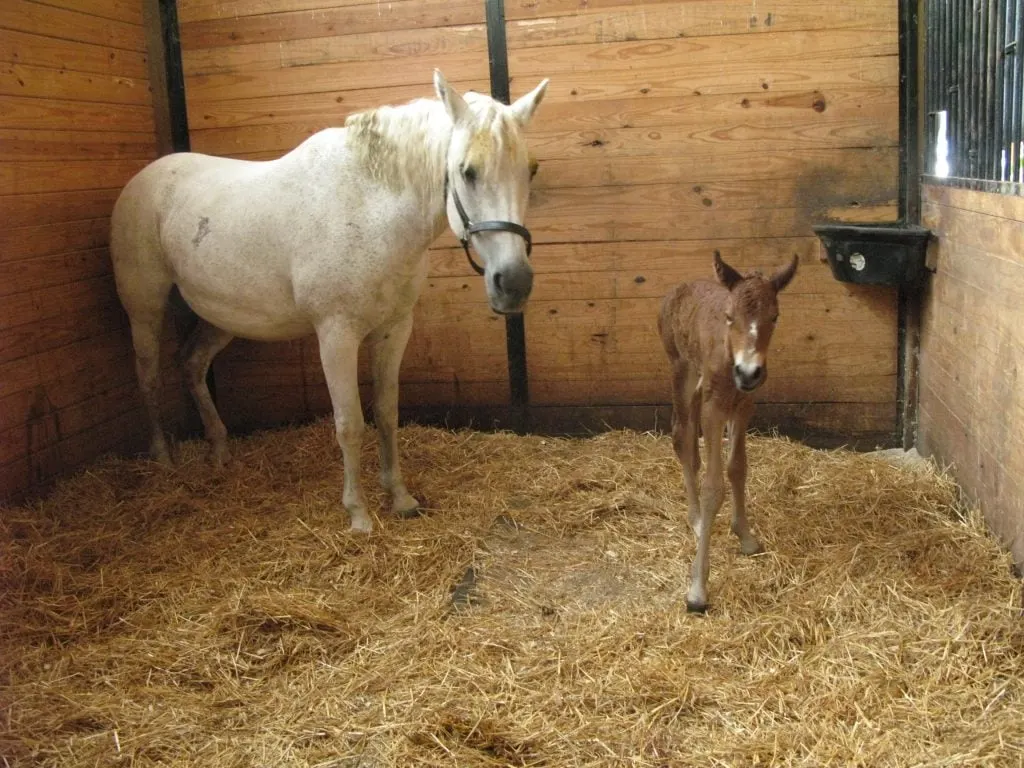


When foals are very young, their mothers may be protective and limit the amount of contact you can have with the baby horse (and for good reason! Newborn foals have delicate immune systems).
Foals that are old enough to be separated from their mother, called weanlings, are much more fun to interact with. You can read more about things to do with weanling foals here.
🦷 Tip: watch out for horse bites! My friendliest and most well-behaved mare in my small band of curly horse mares was known for turning into a biter the moment she foaled a colt or a filly! She gave out warning-bites relentlessly when her foal was touched for the first few weeks, but instantly reverted back to her good manners once her foals grew more independent.
- Nath, L. C., Anderson, G. A., Savage, C. J., & McKinnon, A. O. (2010). Use of stored equine colostrum for the treatment of foals perceived to be at risk for failure of transfer of passive immunity. Journal of the American Veterinary Medical Association, 236(10), 1085-1090. https://avmajournals.avma.org/view/journals/javma/236/10/javma.236.10.1085.xml [↩]
- Keeneland September Yearling Sale 2022, BloodHorse Magazine. [↩]
- “PMU ranchers feel pinch as cuts announced” Brenda Hunter. The Western Producer. Published: April 18, 2019 [↩]
